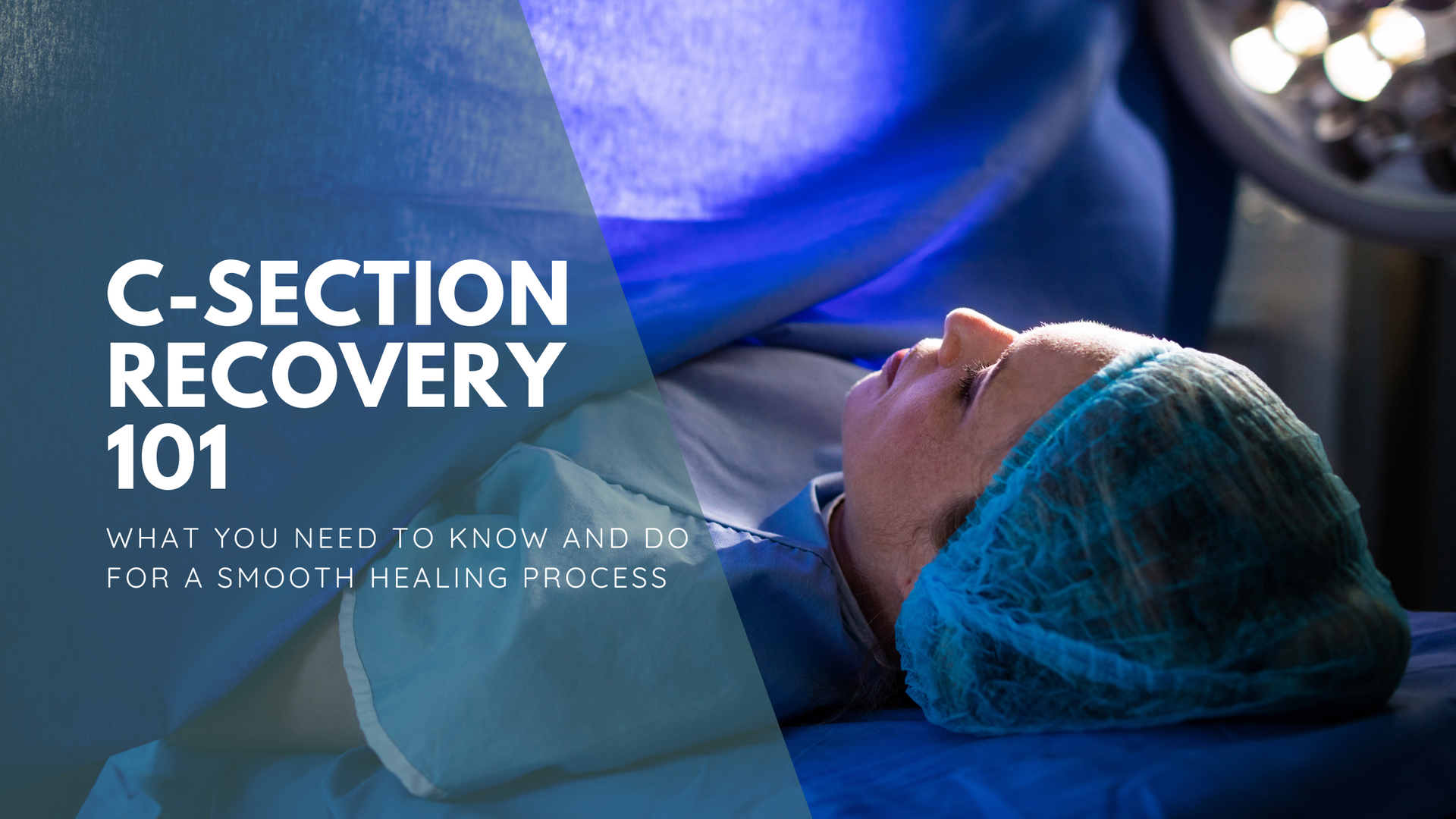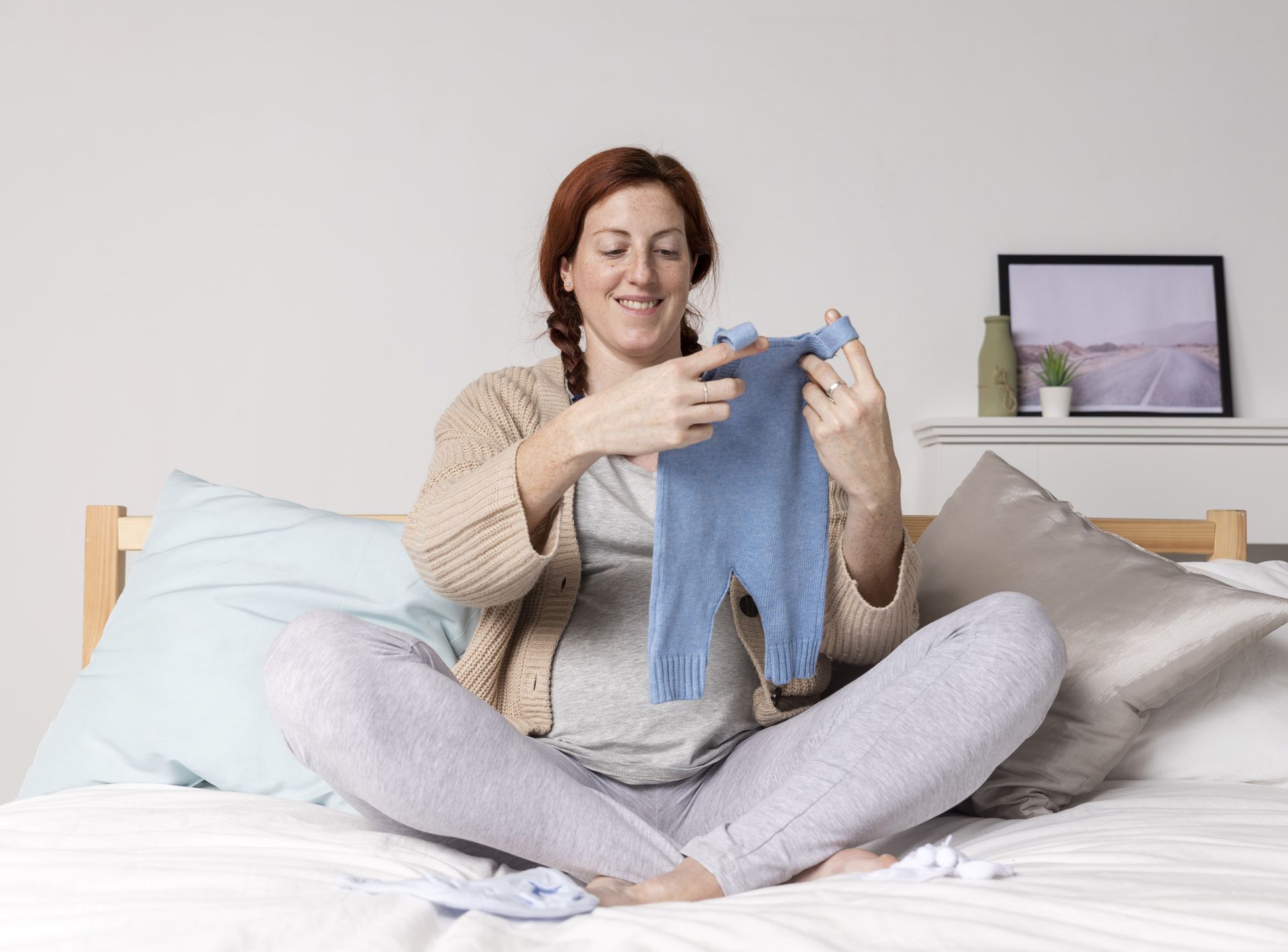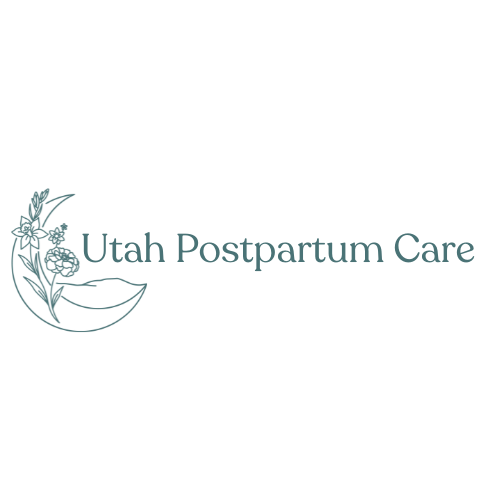C-Section Recovery 101: What You Need to Know and Do for a Smooth Healing Process
C-Section Recovery 101: What You Need to Know and Do for a Smooth Healing Process

Healing from a C-section is a journey—one that requires patience, rest, and plenty of support. It's major abdominal surgery and the start of a whole new chapter as a parent. It's beautiful, exhausting, overwhelming, and—let's be honest—painful.
I've been there. Twice.
With my first c-section, I had no idea what to expect. I didn't know how much help I'd need, how hard even simple things (like getting out of bed) would feel, or how long recovery would take. The first time, I didn’t have the support I truly needed. But the second time around? I was ready. I had the right tools, a stronger mindset, and, most importantly, a support system that made all the difference.
Whether your cesarean was planned or unexpected, knowing what to expect and having a recovery plan can help you focus on what matters most—healing, resting, and bonding with your baby.
What to Expect in the First Few Weeks
The early days after a c-section can feel like a whirlwind of emotions and discomfort. Here's what's normal:
- Postpartum Bleeding – Yes, even with a c-section, you'll still have vaginal bleeding for several weeks.
- Pain and Discomfort – Your incision will be tender, and you might feel cramping as your uterus contracts.
- Limited Mobility – Standing, walking, sneezing—everything feels hard at first. Move gently and take your time.
- Swelling – Your body is still holding onto fluids from pregnancy and surgery, which can make everything feel puffy.
Healing takes time, and that's okay. Your only job right now is to
rest and recover—everything else can wait.
Must-Have Items for a Smoother Recovery
Having the right tools at your fingertips can make recovery so much easier. Here's what helped me the most:
- High-Waisted Mesh Panties – Soft, stretchy, and they won't rub against your incision.
- Postpartum Pads – Postpartum bleeding is similar to a a heavy period, so stock up on absorbent, comfortable pads.
- Belly Binder – Supports your core and reduces the "jiggly" feeling when moving around.
- Peri Bottle – A lifesaver for keeping clean without bending or twisting too much.
- Stool Softeners & Fiber Supplements – Trust me, you do not want to strain on that first postpartum poop but consult with your doctor first.
- Ice Packs & Heating Pads – Use ice packs for swelling and a heating pad for cramping—both are game-changers.
- C-Section Pillow – Hold it against your incision when you cough, sneeze, or laugh. It really helps.
How to Support Healing and Avoid Overdoing It
Let’s be real—slowing down when you have a newborn feels impossible, but your recovery depends on it. Prioritizing rest is key; even if sleep feels out of reach, simply lying down and allowing your body to heal is essential after major surgery.
Staying ahead of pain makes movement easier—take your medication on schedule rather than waiting for discomfort to set in. While rest is crucial, gentle movement, like slow, short walks, can help circulation and prevent blood clots, but listen to your body and don’t push too hard.
Protecting your incision is also important—brace yourself with a small pillow when coughing or sneezing. When getting out of bed, roll to your side first before using your arms to push yourself up.
Most importantly, accept help. Whether it’s from your partner, family, or a postpartum doula, lean on your support system—you don’t have to do this alone.
Finding Balance in the Postpartum Chaos
Recovering from a c-section while caring for a newborn can feel impossible. Here are a few ways to create balance and avoid burnout:
Set Up Stations for Convenience
Create diaper-changing and feeding stations around the house so you don't have to move too much.
Minimize Stairs
If you can, set up a cozy recovery space on one floor to avoid constant trips up and down stairs.
Avoid Heavy Lifting
This includes laundry baskets, toddler siblings, car seats, and even heavy pots and pans. Let someone else handle it for now.
Simplify Meals
If friends or family offer to bring food—say yes. Keep easy snacks within reach, and don't feel guilty about relying on takeout.
Take Moments for Yourself
Even five minutes of quiet can help you reset. A warm cup of tea, a few deep breaths, or a quick podcast while the baby sleeps can do wonders for your mental health.
When to Get Professional Support
Sometimes, your body needs extra help beyond what you can manage at home. Pelvic floor therapy is an excellent way to rebuild core strength, improve mobility, and regain confidence after a C-section. A skilled pelvic floor therapist can help with everything from scar tissue pain to overall postpartum recovery.
If you're in Utah, we highly recommend:
✔
Keystone Pelvic Floor Therapy
✔
Reborn Pelvic Therapy
These specialists focus on postpartum healing and provide personalized care for your recovery journey. Not local? Many areas have excellent pelvic floor therapists—ask your provider for recommendations or search for a specialist near you.
FAQs About C-Section Recovery
Can I still breastfeed after a C-section?
Absolutely! It might take some positioning adjustments—side-lying or using a nursing pillow can help—but breastfeeding after a C-section is completely doable.
Is it normal to feel numbness or tingling around my incision?
Yes! Many people experience temporary numbness or tingling due to nerve involvement during surgery. Sensation often returns gradually, but it may take months (or even longer) to fully resolve.
What does pelvic floor therapy involve?
Pelvic floor therapy includes targeted exercises, manual therapy, and education on rebuilding core strength after pregnancy and surgery. It’s a great way to support long-term recovery.
How can I make getting out of bed easier after a C-section?
Try the "log roll" technique: roll to your side, use your arms to push yourself up, and swing your legs over the edge of the bed. This method protects your core and reduces strain on your incision while making movement more comfortable.
Let Us Support Your Recovery
Postpartum healing should never be something you navigate alone. Whether you need hands-on newborn support, recovery guidance, or just a reassuring presence, we're here for you!
We’re now booking under our expanded brand,
Utah Postpartum Care. If you’re looking for overnight support, meals, or real 4th trimester help—this is for you.











